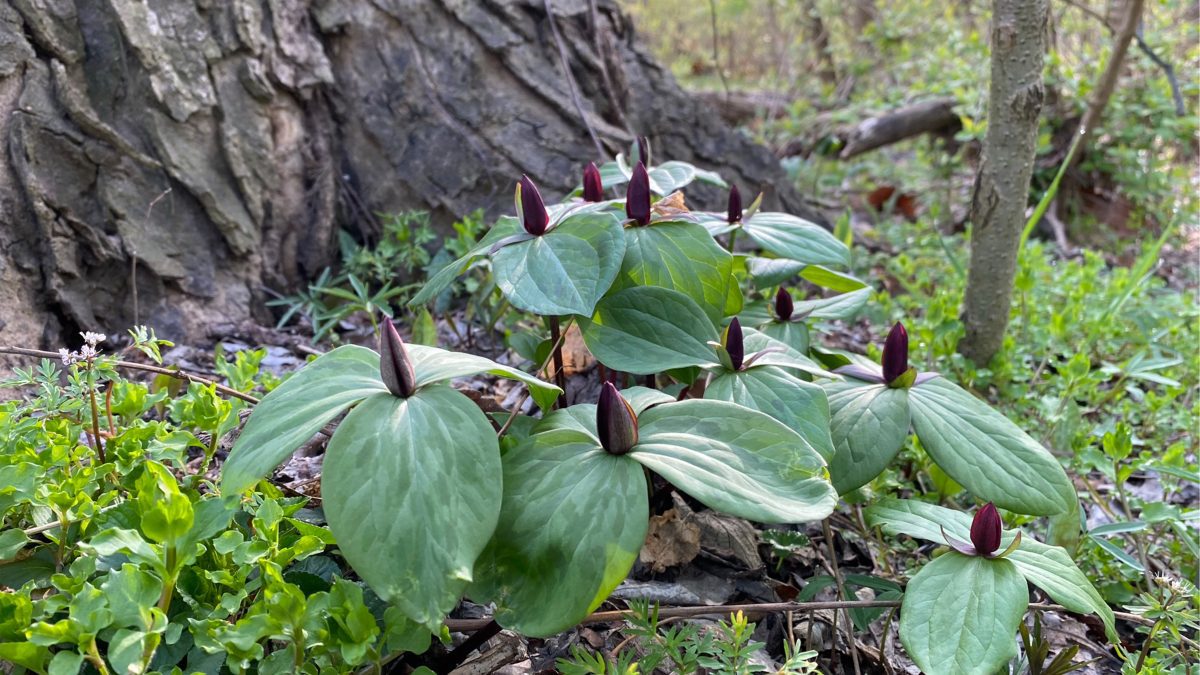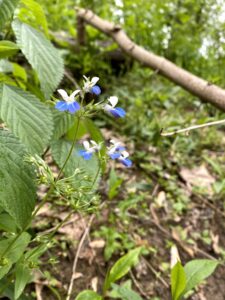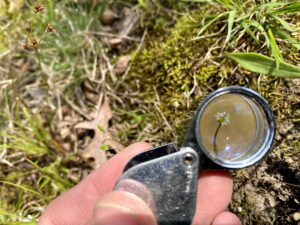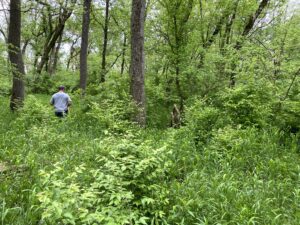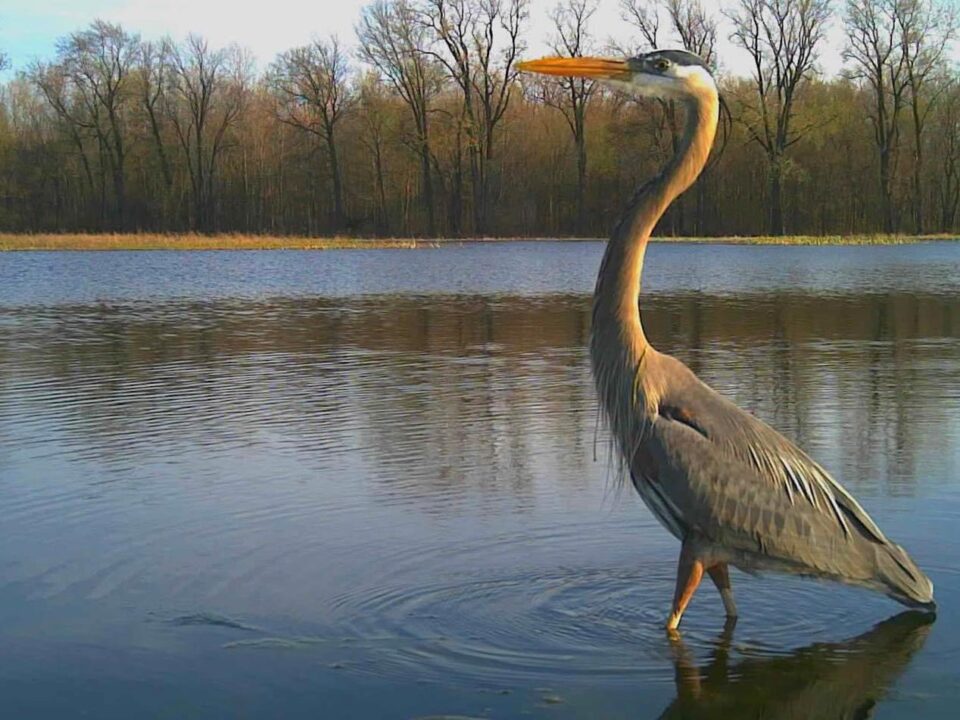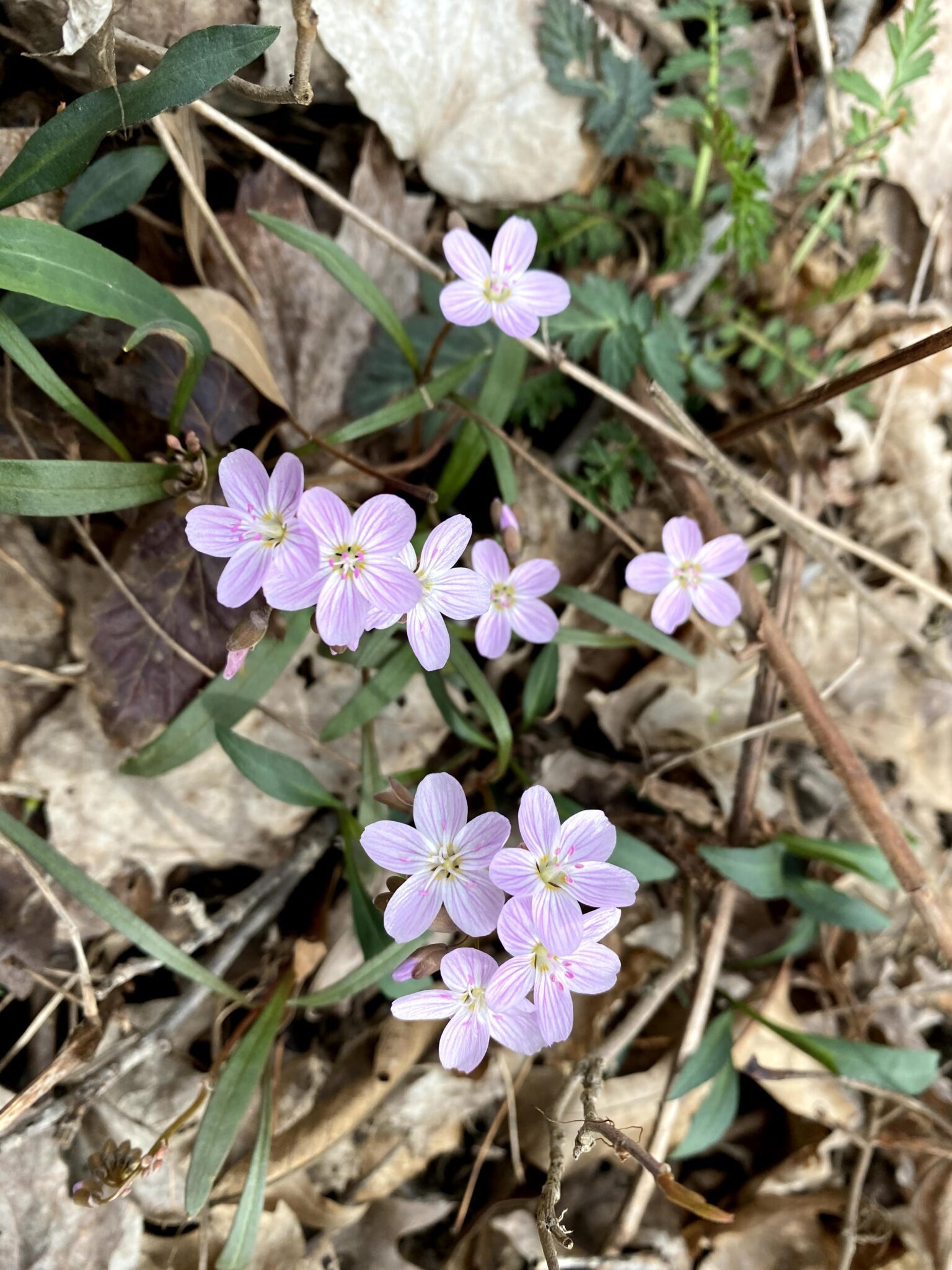
Spring Beauties
January 9, 2024
New Year, New You: Become the Explorer you Dreamed of as a Kid!
January 16, 2024By: Jenny Adkins
May 12, 2021

This year, we were thrilled to have the opportunity to work with Great Parks of Hamilton County, conducting a Floristic Quality Assessment (FQA) for several of their conservation and public parcels. This year marks the 6th field season that we’ve completed these surveys for Great Parks. We’ve covered a lot of ground in the Cincinnati area, and it’s always been an adventure.
This year, Jenny and Logan teamed up to survey the predesignated plots. It was an especially wild sampling run with rain, sun, snow (and all of the associated temperature fluctuations), long hikes, flooded boots, Lonestar and dog ticks, poison ivy, nettles, but all of that was worth it for the new plant finds, wildflowers, breathtaking forest views, and wildlife.
For those unfamiliar with the botanical world and associated surveys, the FQA is a quantitative survey that measures plant diversity and quality within a unique habitat to determine how intact (disturbance free) it is in comparison to reference communities throughout the state. It was developed by the Ohio EPA’s Division of Surface Water and Wetland Ecology Group in 2004. Basically, every native plant known to occur in Ohio was given a Coefficient of Conservatism (C of C), ranging from 0-10, that indicates how specific a plant is in the habitat it will grow. For example, your common evening primrose (Oenothera biennis) has a C of C of 1, indicating it is a highly tolerant species capable of growing (naturally) in many habitats under a variety of conditions. In contrast, sycamores (Platanus occidentalis) the iconic white-trunked trees growing along stream and riverbanks have a C of C of 7, indicating it is much more specific in the habitat you will naturally find it growing. While it is adaptable, it primarily grows along moving water systems and associated floodplains with moist, well-drained soil. Some plants are so finicky that you’ll only find them on north-facing forested slopes, or on certain plants’ roots, or limestone barrens.
So far, our team has recorded over 230 plant species- all mostly floodplain species growing near the Miami Whitewater River or tributaries. Since 2013, the first year we surveyed, we’ve logged around 800 plant species within the 1,300 or so plots. Its certainly a labor of love and we never tire of plants- though by dusk we’re certainly ready for a warm, non-granola meal!
We hope you’ll enjoy these photos of our FQA adventures in Hamilton County, Ohio.



